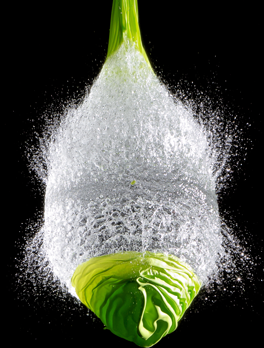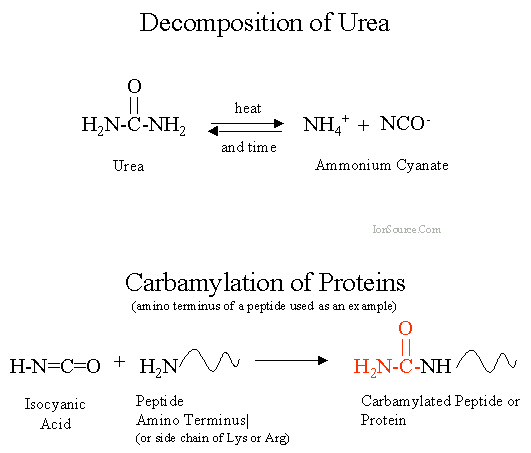The RIPA buffer, or Radioimmunoprecipitation assay buffer, is ideal for whole-cell extracts, as well as protein assays. However, it is an essential component in other applications too.
Why RIPA is for More Than Just Radioimmunoprecipitation Assays
Topics: Protein Extraction
Different Types of Extraction Buffers and When to Use Them
Successful biochemical analysis heavily relies on the effective extraction of biologically active proteins from source materials (e.g., cell and tissue samples). Thus, you need to have an excellent working knowledge of your target protein(s) and use the appropriate extraction buffers for a given experimental design to ensure optimal protein recovery.
Topics: Protein Extraction
Preventing Carbamylation When Using Urea as a Protein Solubilization Buffer
When it comes to solubilizing and denaturing proteins prior to isoelectric focusing and 2-D gel electrophoresis, most researchers choose urea. This is not surprising since this mild chaotropic agent can completely disrupt the interactions between protein molecules and increase the efficiency of protease activity in protein digestion while effectively preventing proteins from aggregating and/or precipitating. In addition, urea is also used for renaturing proteins from previously denatured samples.
Topics: Protein Extraction
Tips for Preventing Protein Aggregation & Loss of Protein Solubility
Maintaining the stability and solubility of target proteins before, during and after purification is one of the biggest challenges researchers often run into. Proteins are extremely sensitive to solution conditions (i.e., pH and conductivity) and temperature. They also tend to aggregate at high concentrations required for structural studies. This can be a serious problem since protein aggregation can cause artifacts and hamper the biological activity of the target protein.
Topics: Protein Extraction

-1.png?width=788&name=786-489-(new)-1.png)


.jpg?width=788&name=Protein%20Structure%20(8).jpg)


